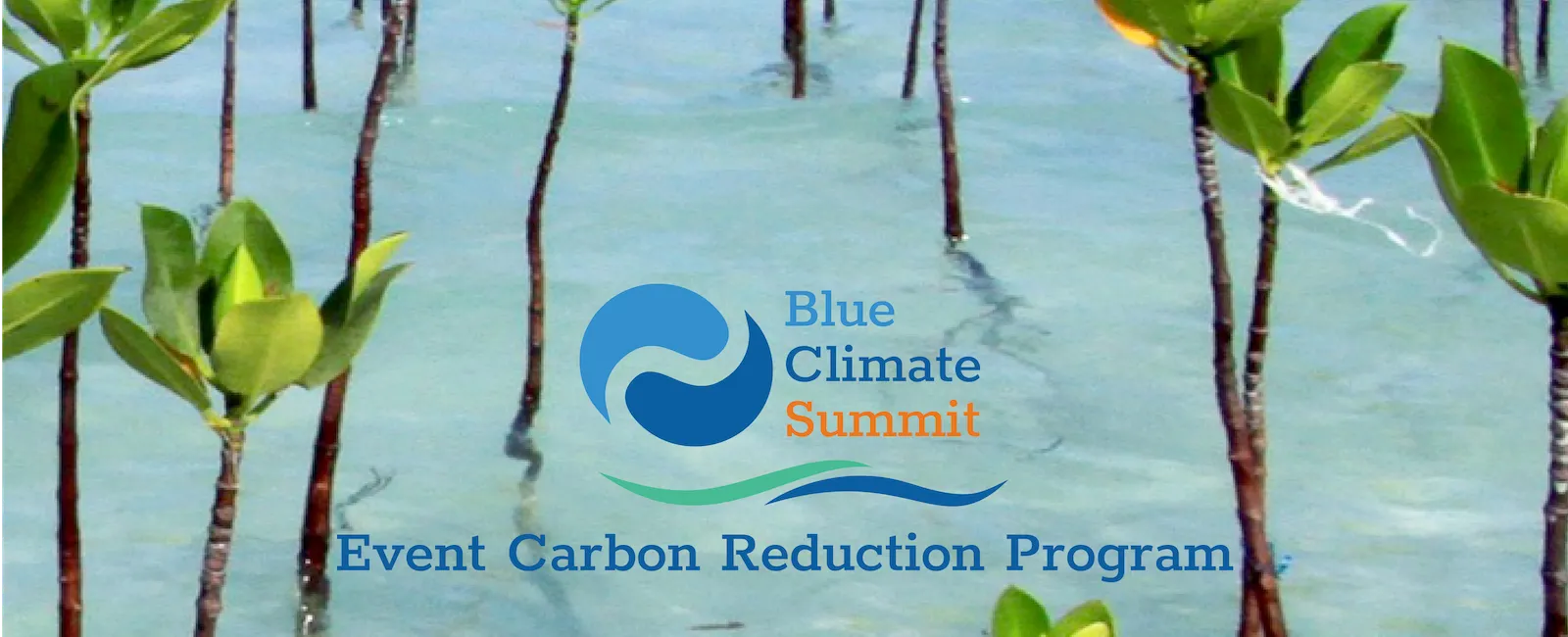A Climate-Positive Event
The Blue Climate Initiative is committed to making the Summit a climate-positive, net-zero emissions event. Direct emissions reduction, carbon removal, and indirect emission avoidance are all vital forms of net-zero strategies (see the Oxford principles for net zero aligned carbon offsetting and Decoding ADEME’s opinion on carbon neutrality). We have incorporated all types of offsets into our program. We also believe that travel-related carbon offsets should support climate action in the destination community itself, wherever possible. While working closely with Summit service providers to minimize their footprint through sourcing from most sustainable available channels and means of transport, we offset the Summit’s carbon footprint by investing in both a carbon removal/sequestration project in the tropical IndoPacific and an emission reduction project in French Polynesia.
We estimate the footprint of the Summit, including participant travel, at roughly 900 tons of CO2. While participants are encouraged to offset their own travel (e.g., through airline carbon credit programs), and the Summit program itself will of course stimulate and accelerate substantial new climate action, we are also investing over $200,000 directly in projects that offset at least 1,800 tons of CO2 (i.e., at least twice the Summit’s carbon footprint).
The initiatives that we are putting into action include our carbon removal/sequestration project, a multiple-year investment in the development and restoration of two hectares of mangrove forest in Malaysian Borneo, which will also offer significant co-benefits for biodiversity and local livelihoods. Our emissions reduction program advances the decarbonization of Moorea (the Summit’s host island in French Polynesia) through the installation of rooftop solar panels at a local community center and research station. Through this investment, we also support educational, scientific, and cultural programs linked to island sustainability and climate resilience.
